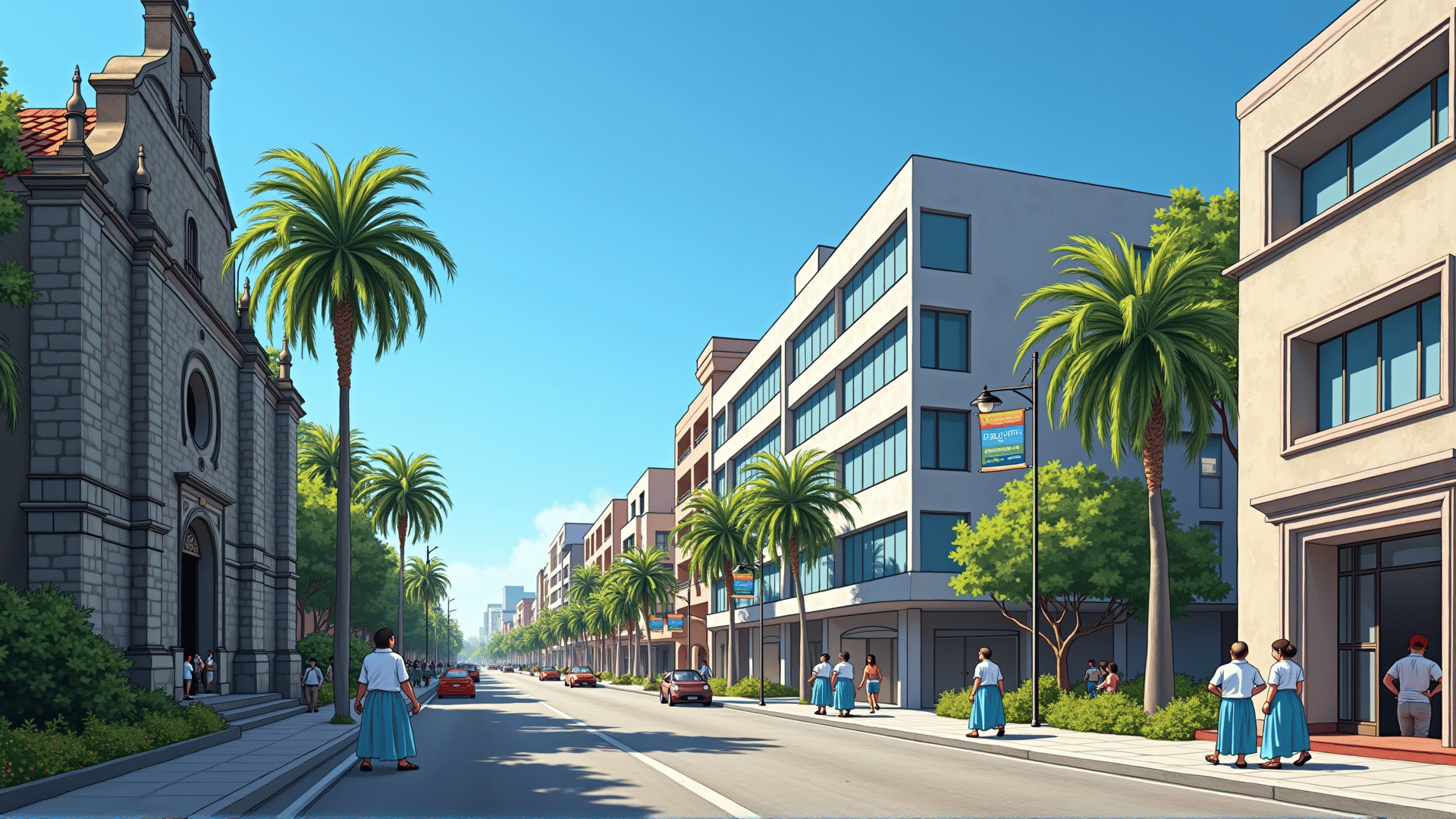Cebu, a vibrant island in the Philippines, is a fascinating destination where history and modernity coexist seamlessly. Renowned for its stunning landscapes and rich cultural tapestry, Cebu also boasts a remarkable architectural heritage that reflects the island's diverse influences over centuries. From awe-inspiring Spanish colonial-era churches to cutting-edge contemporary structures, Cebu's architectural gems offer a gateway into the region's past and its forward-looking future.
Walking through Cebu City, one immediately encounters the legacy of Spanish colonial architecture, a style that has left an indelible mark on the city's landscape. Among the most notable examples is the Basilica Minore del Santo Niño, the oldest Roman Catholic church in the country. Built in the 16th century, the basilica features intricate stone carvings and a baroque aesthetic that captivates with its grandeur. As a historical and spiritual monument, the basilica is not only a place of worship but also a testament to Cebu's historical narrative.
Another iconic structure is Fort San Pedro, a military defense structure built by Spanish and indigenous Cebuano laborers. Named after the flagship of Spanish explorer Miguel López de Legazpi, Fort San Pedro is a fascinating glimpse into the colonial past, with its well-preserved walls and moat presenting a stark contrast to the urban development surrounding it.
While historically significant architecture enriches Cebu's cultural fabric, the island is equally celebrated for its embrace of modern design. The Ayala Center Cebu, for instance, is a prime example of contemporary architecture that serves as a commercial and social hub. With its sleek lines and efficient use of space, the center harmoniously blends retail, dining, and leisure under one sophisticated roof.
The Temple of Leah, although relatively new, has quickly become a symbol of Cebu’s modern architectural ambition. Often compared to ancient Roman structures, the temple is dedicated to Leah Albino-Adarna and stands as a lavish tribute to love and legacy. Its grand columns and stunning views across the landscape make it a popular spot for both locals and visitors.
Cebu's architectural journey doesn't end with fixed structures. The SM Seaside City Cebu, one of the largest malls in the world, redefines contemporary retail architecture with its circular design and stunning views of the Cebu Strait. Meanwhile, the Cebu-Cordova Link Expressway showcases advancements in infrastructural design, offering an imposing yet elegant bridge that connects the island to the mainland, standing as a testament to modern engineering and connectivity.
Exploring Cebu through its architecture offers more than just visual delight; it's an opportunity to immerse oneself in a story that is both ancient and ongoing. The interplay between traditional influences and modern creativity is what makes Cebu unique, reflecting a community that values its heritage while constantly looking towards the future.
For those planning a visit, the architectural wonders of Cebu offer a comprehensive experience that goes beyond sightseeing, inviting deeper engagement with the culture and history of this remarkable island. From richly decorated stone churches to sleek skyscrapers, Cebu's built environment is a rich tapestry of influences, each telling its own part of the island’s captivating story.
